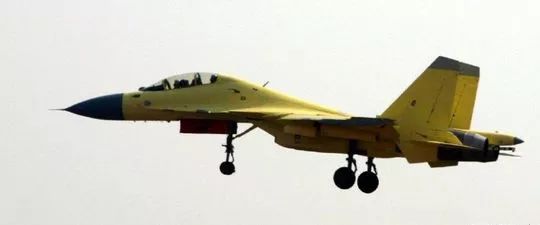Accompanying the emergence of the electronic fighter squadron XX on the ship, it is necessary to talk about its combat capabilities. The relevant equipment and experience have been accumulated in the J-16 electronic warfare model and have full-spectrum operational capabilities. Combat targets include: long-range/medium-range early-warning radar, target acquisition radar, long/medium-range communication, IFF, GPS, jamming ground interception, airborne radar.
Mount 3-5 domestic advanced electronic warfare pods, each with two X-kilowatt jammers in each pod, capable of covering XX bands (where the low-frequency pod covers a wider range of frequencies and has stronger interference capabilities. ), mainly used to suppress the jamming of radar equipment, and to suppress the interference of certain fighter radars to reduce the effective distance to less than xx kilometers (small two digits). .
The electronic warfare receiver is composed of a wingtip antenna array cabin and a processing device in an antenna body on the fuselage wing to carry out direction finding and positioning of the enemy radiation source, and provides a target indication for the jammer and the active phased array radar. A type of anti-radiation missile with a range of 180 kilometers is used for guided launch (equivalent to listening to flies with flies). Or using a jammer to concentrate on launching interference waves at enemy target locations. The concentration of energy in a certain area enhances the interference intensity and reduces the probability that large-scale radiation is discovered by other parties' other platforms (the jammer copies the main-lobe signal of the enemy radar and sends n delays. The spuriousness of time makes it show more false targets by the radar, or sends false signals to the main and sidelobes to make the screen a snowflake. If you do not know the working frequency of the other radar, you need to spread the energy to the entire bandwidth and reduce the interference-to-interference ratio. . . .
The complete electromagnetic compatibility design is well-timed. The time-sharing technology enables the wingtip antenna array bin to work simultaneously with the mounted interference jam pod. The communication system uses interference cancellation technology to ensure that the local ultra high-frequency band communication is performed when the interference is implemented. . . Some of its technologies are also applied to the new generation of carrier-based fighter integrated electronic warfare systems. Together with the formation of a part of the Chinese aircraft carrier's ocean-based combat system, it will greatly enhance our naval pelagic combat capabilities.




